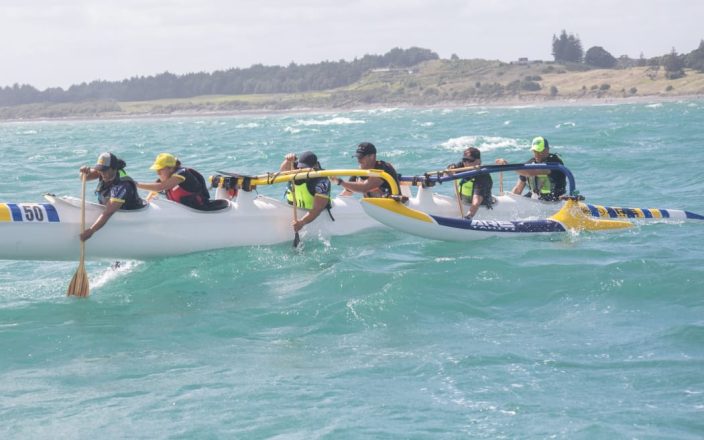타라나키의 두 경찰관 브래드 헌틀리와 사이먼 하워드는 마오리 청소년들의 범죄를 줄이기 위해 자신들의 문화적 뿌리를 활용하고 있다.그들은 완전히 몰입할 수 있는 환경에서 마오리 문화, 언어, 족보를 가르치는 무료 와카 라마 프로그램인 테 하파이 호 (Te Hapai Hoe) 를 만들었다.또한 이 프로그램은 운전면허증 교육 및 응급처치 과정과 같은 실질적인 도움을 제공합니다.
문제가 있는 청소년들을 돌봐온 헌틀리는 범죄 통계에 마오리족이 자주 등장한다는 점에 주목했다.지난 6월 법무부 보고서에 따르면 마오리 청소년들은 다른 청소년들보다 두 배 이상 높은 비율로 경찰의 처벌을 받는 것으로 나타났다.
헌틀리와 하워드는 테 하파이 호를 통해 이러한 부정적인 추세를 바꾸고자 한다.마오리 부족인 응가이 타후, 응아티 무퉁가, 테 아티아와 출신인 헌틀리는 7년간 교사로 일하면서 학생들이 가정에서 겪는 문제로 어려움을 겪는 모습을 지켜보았다.이를 계기로 그는 교육, 경찰 활동, 패들링에 대한 열정을 결합하여 이 이니셔티브를 만들게 되었습니다.
이 프로그램은 마오리 청소년을 그들의 문화와 이어주는 와카 아마를 통해 신체적, 정신적 필요를 모두 충족시키는 것을 목표로 합니다.이들은 타히티에서 고품질 카누를 구매하기 위해 거의 3만 달러를 벌었고, 현지 이위족의 도움을 받아 타라나키 항구 인근에 공간을 확보했다.
헌틀리는 이곳이 청소년들이 힐링할 수 있는 고요한 환경을 제공한다고 믿습니다.그는 이렇게 말했습니다. “마오리족에게는 패들링이 자연스러운 것이어야 합니다.우리는 와카를 가르침과 치유를 위해 사용하고 있어요.”이 프로그램은 월리 하우마하 전 부청장을 비롯한 다른 경찰관들의 강력한 지지를 받았습니다.
Te Hapai Home은 2020년에 시작되었지만 최근에서야 COVID-19 중단으로 인해 탄력을 받았습니다.마오리 참가자가 많은 정부에서 도입해 논란이 많은 군대식 부트 캠프와는 달리, 헌틀리는 마오리 청소년들에게는 엄격한 규율이 아니라 지원 활동과 사랑이 필요하다고 주장한다.
그는 “부트캠프는 마오리족을 위한 것이 아니라 빠른 해결책과 같다”고 말했다.“Te Hapai Home은 장기적인 해결책입니다.우리의 목표는 청소년들을 고양시키고 그들에게 지침과 기회를 제공하는 것입니다.”





























































